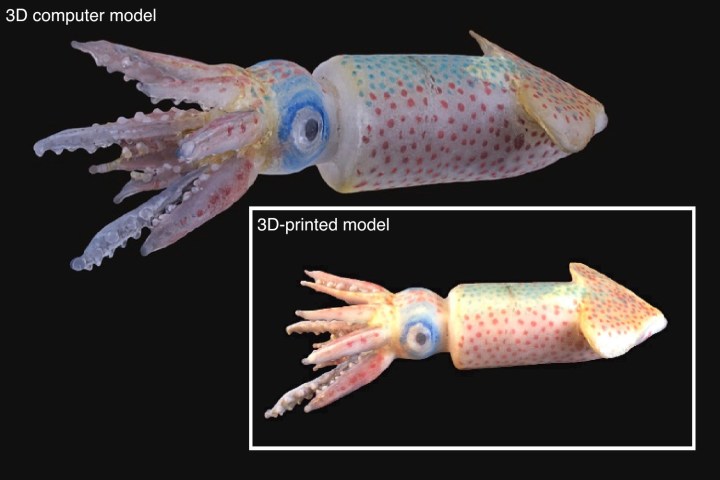
The project sprung from the work of marine biologist and Cornell University professor Drew Harvell, who is also the curator of the Cornell’s Collection of Blaschka Invertebrate Models. Working alongside Peter Fried, a member of the department of applied physics at New York University’s school of engineering, Harvell’s project seeks to make the Blaschka models available to a wider audience.
“The marine organisms depicted were those of 100 years ago, which the Blaschkas cataloged meticulously,” Fried told Digital Trends. “Some of them are now extinct, many of them are rarely seen. It’s a snapshot of the ocean 100 years ago, giving us an insight into how things have changed since then.”
Fried said his interest in the project came from two sources: a fascination in the Blaschka models themselves, and an interest in computer vision and the possibility of synthesizing the diminutive pieces using 3D scanning.
So far, he has scanned five of the Blaschka glass models. The image at the top of this page depicts a 3D model of the collection’s diminutive B-560. It was created using AgiSoft PhotoScan software, based on 200 photographs. A 3D print was then made at Columbia University by Professor Hod Lipson and graduate student Joni Mici, using a Stratasys J750 printer.
Fried acknowledges that the project’s 3D printing lags behind the 3D scanning due to the challenges of printing transparencies. However, it is an illustration of how a 3D printer handles 14-micron layer resolution and creates an imitation that doesn’t require post-processing techniques like sanding or painting.
Looking forward, the plan is to make 3D-printed models that can be disseminated to make the collection available to a wider audience. “These are models that are very fragile and difficult to ship as a result,” Fried said. “If you were able to get a glass-like 3D print that starts to capture the qualities of the original, it’s possible to make models that are more durable and more easily distributed.”
In the meantime, you can check out one of the stunning 3D models he created here.
Editors' Recommendations
- The one AMD 3D V-Cache processor you should avoid at all costs
- The best motherboard for the Ryzen 7 7800X3D is cheaper than you think
- Glasses-free 3D gaming can be amazing — but only if it’s done right
- AMD’s new laptop CPU is the fastest I’ve seen, but you shouldn’t buy it yet
- AMD’s upcoming Ryzen 5 5600X3D could completely dethrone Intel in budget builds


